こたつの( )に ねこが いる。a. うえ b. した c. そば d. なか Before I talk about the answer, I’d better explain…


こたつの( )に ねこが いる。a. うえ b. した c. そば d. なか Before I talk about the answer, I’d better explain…
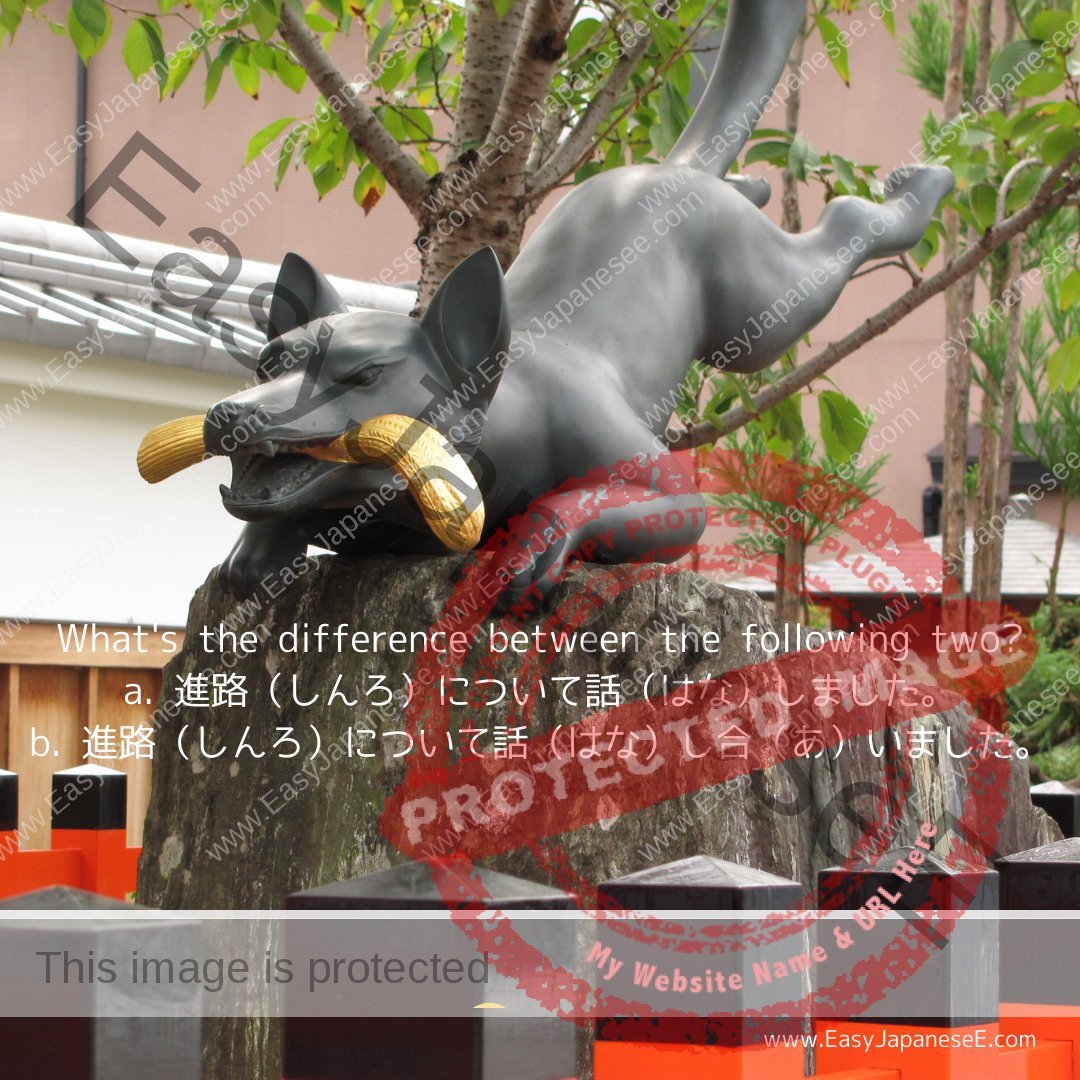
Today’s Question What’s the difference between the following two?a. 進路(しんろ)について話(はな)しました。b. 進路(しんろ)について話(はな)し合(あ)いました。 Today’s Grammar Point: ~合(あ)う Connection [selected verb stem] +…

夢 is listed under its semantic element of #ゆうべ(夕)and its phonetic element is apparently a simplified version of 瞢, which is not part of Japanese.
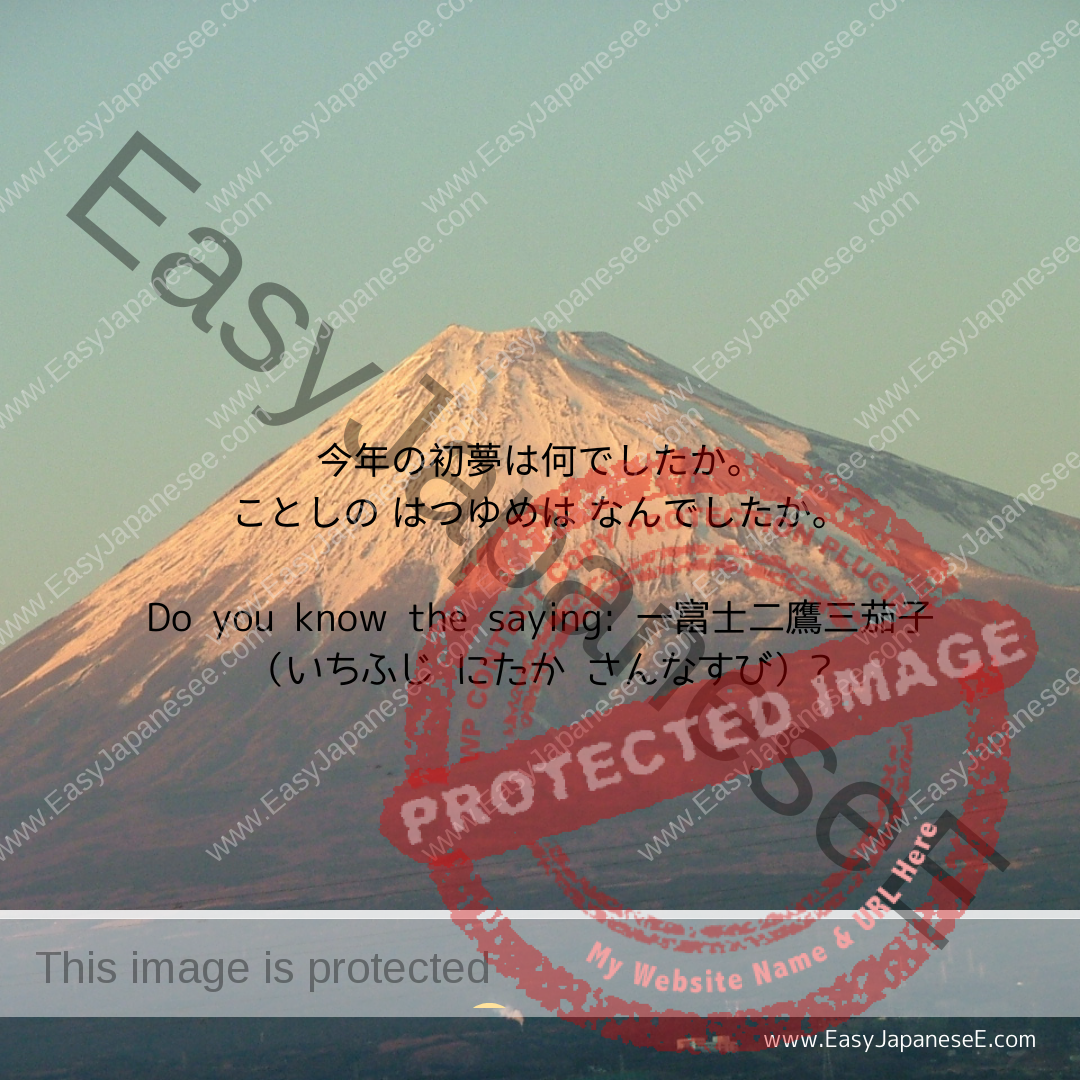
It is believed to be auspicious if Mt. Fuji, a hawk or an eggplant appeared in you first dream of a year. Did any of that appear in your dream this year?

Today’s question Which sounds more appreciative?A: おとしだまは五千円(ごせんえん)しかなかった。B: おとしだまは五千円(ごせんえん)だけだった。 Today’s Grammar Point: ~しか…ない/ません Connection [noun] + しか + [verb ない form][noun]…
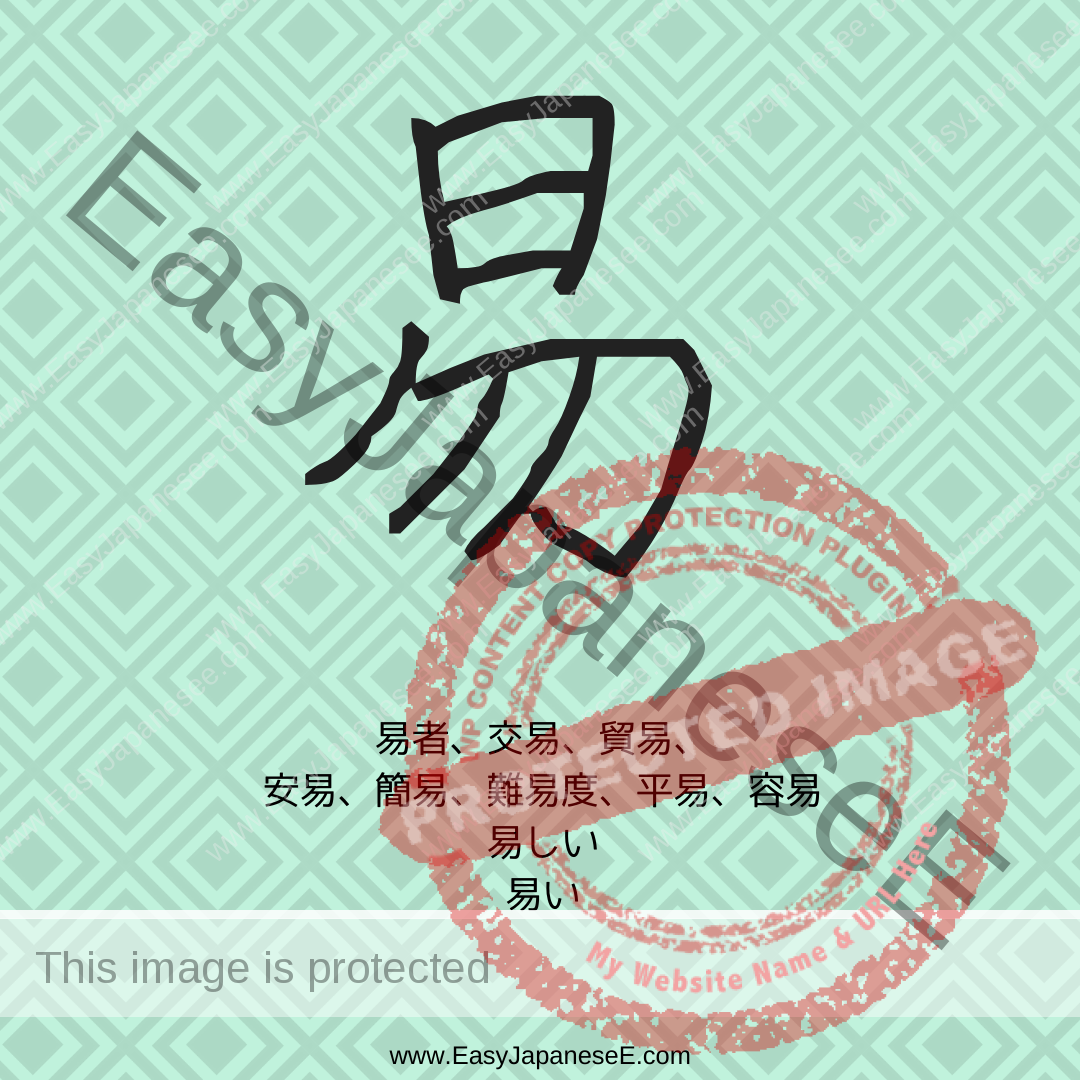
Today’s #kanji is #易, which is a pictogram and it is the original form of 蜴, a lizard. Because lizards…
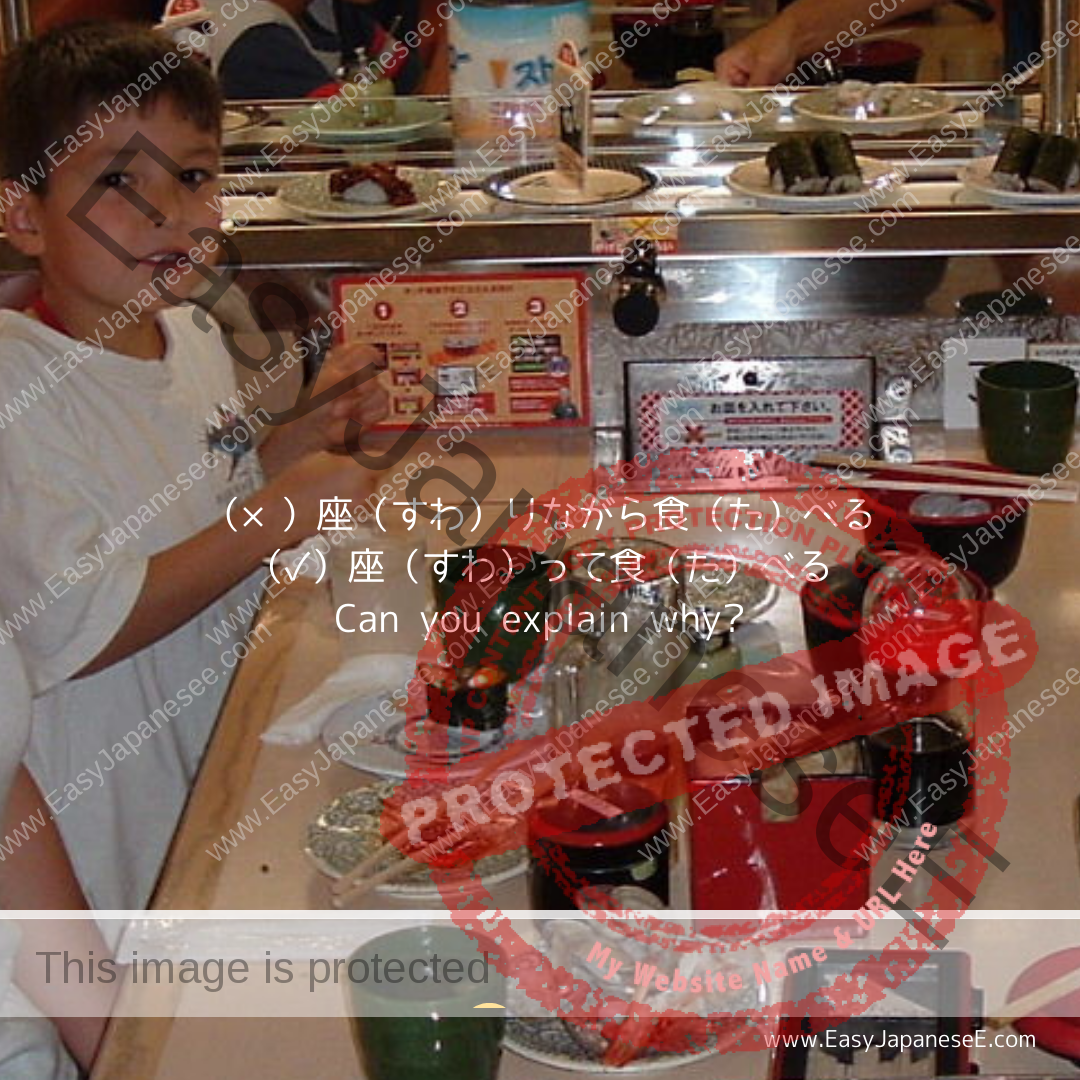
(×)座(すわ)りながら食(た)べる(✓)座(すわ)って食(た)べる In English it’s OK to say “I eat (it) while sitting down.” but in Japanese, 座りながら食べる is an ungrammatical…
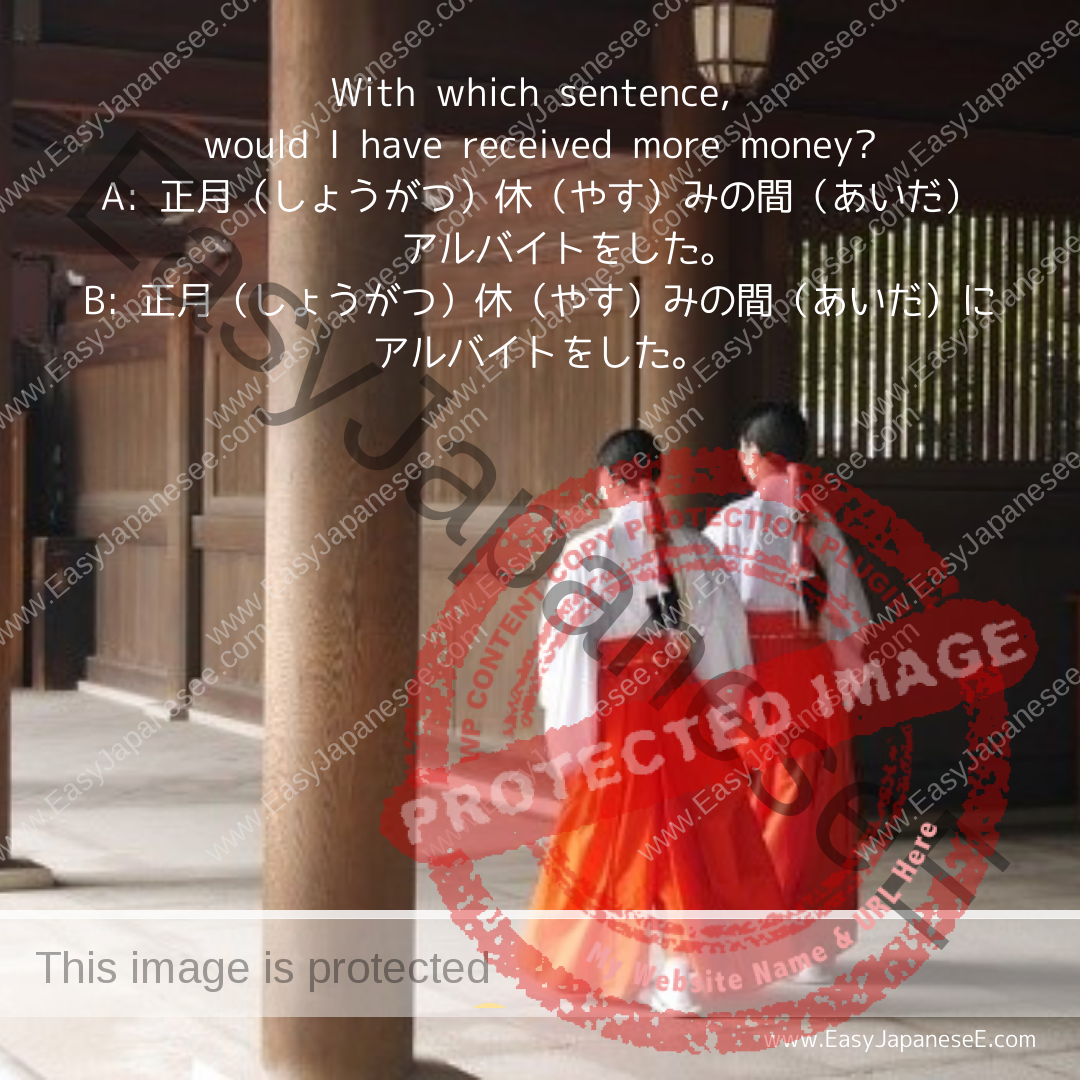
~あいだ can be used like a English conjunction “while” but adding に afterwards or not changes the nuance quite a bit. This post explains how.
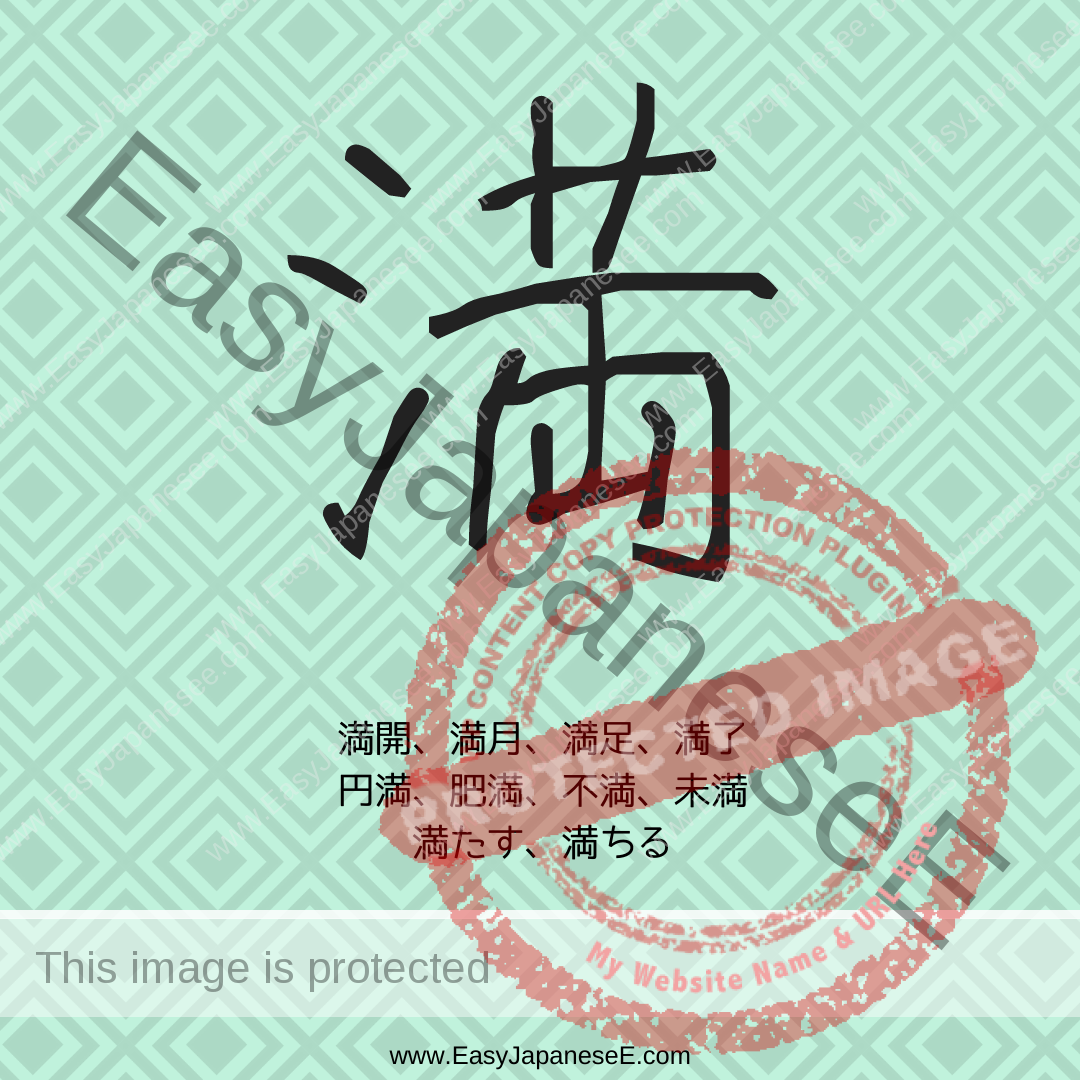
満 is a simplified character of 滿, made of its semantic element of #さんずいへん(氵) and the phonetic element of 㒼, although 満 and 㒼 don’t share a sound in Japanese.
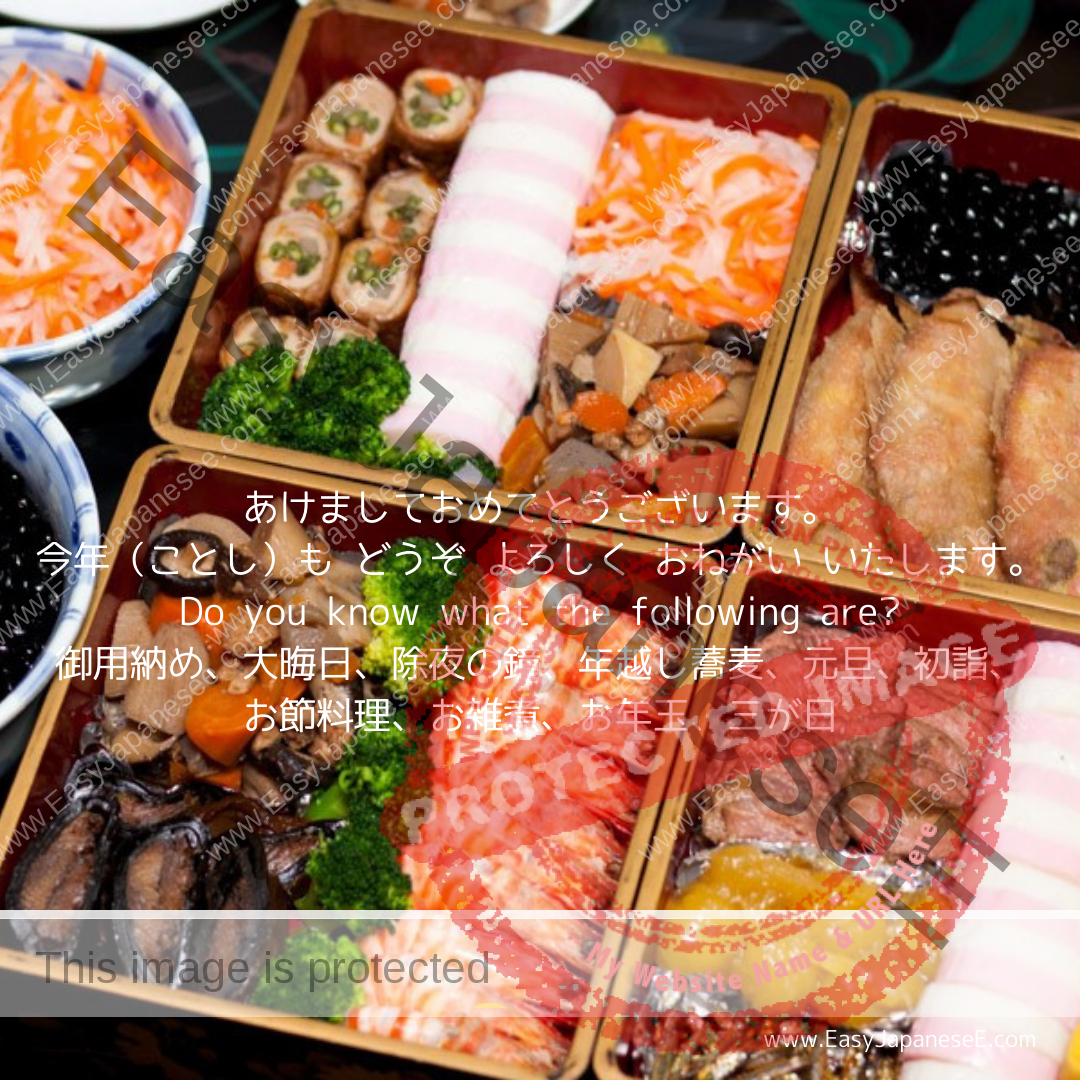
あけましておめでとうございます。今年もよろしくお願いいたします。 A Happy New Year.I’m looking forward to working with you this year again! As today is the first day…
